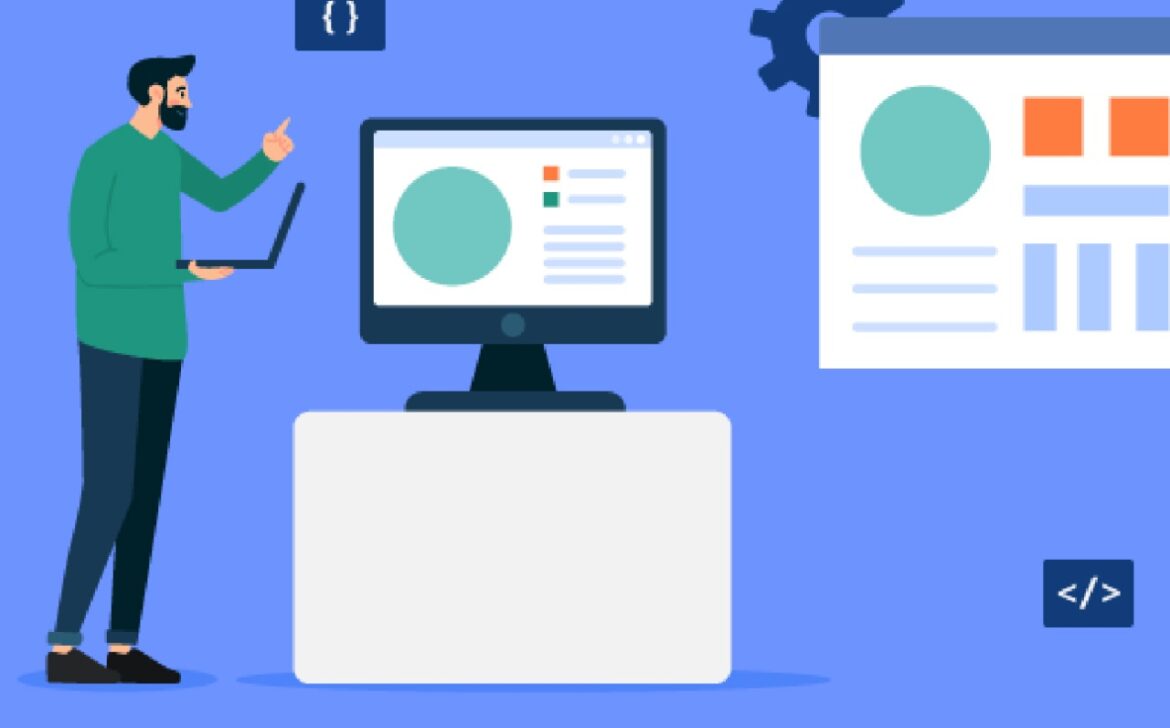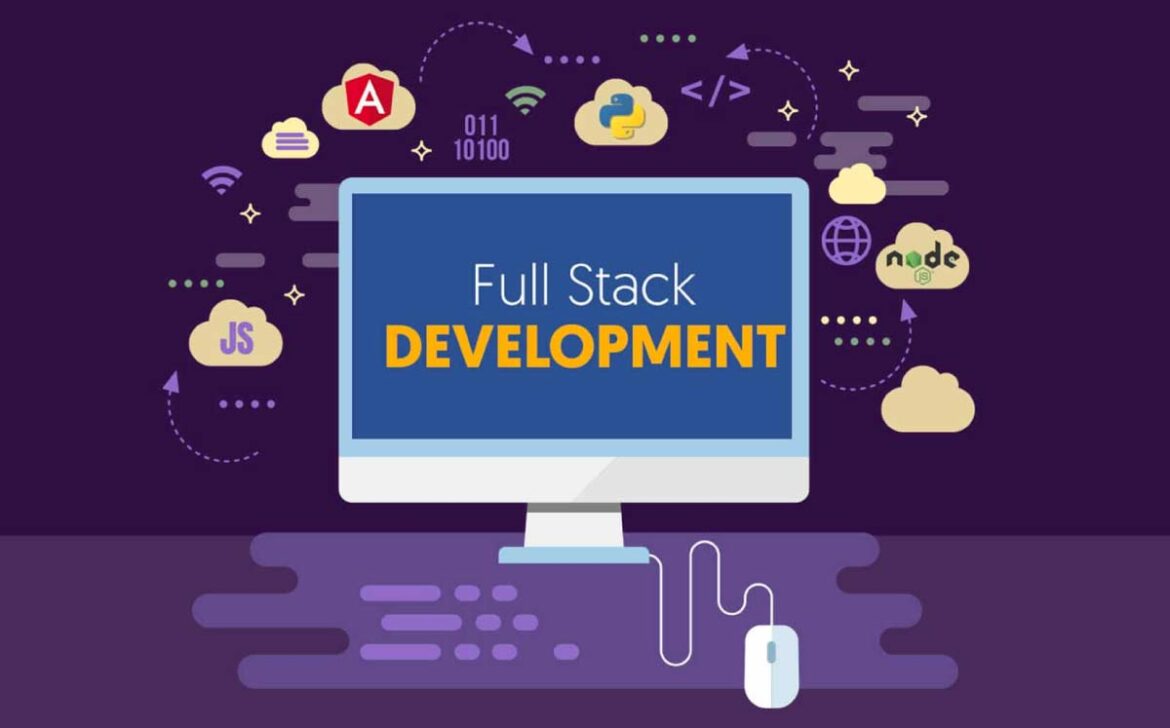Where To Learn Java Full-Stack And Why It Can Benefit Your Career
Welcome again dear students with the new blog. Dear students this blog is all about java full stack aspirants. In this blog, we are going to tell you where you can learn java full stack as well as we also talk about how learning java full stack will be beneficial for your career.
First, lets us understand what is java’s full-stack?
A Java Full Stack Web Developer is a developer who has extensive knowledge and expertise in full-stack tools and frameworks working with Java.
The Java suite of technologies includes working with servlets, core Java, REST APIs, and more tools that ease the creation of web apps. It is a great career option and the easiest way to become a developer is to take a full stack web developer offline in an institute. This is great for your resume.
Now we understand what actually is java full stack now the question is that you are an aspirant of java full stack and you want to scale your career as a java full stack developer but you know nothing about it that how you can learn and where you can learn?
If we as a student searching for a java full stack course there are a lot of results we can see on the internet where we can learn java full-stack, but at the same time, it is also confusing. Choosing an institute or buying an online course is difficult especially if you are an aspirant.
Now keeping an eye on this problem let’s solve it.
Now let’s discuss the best platforms from where you can learn java full-stack. We can talk about both online and offline platforms so you can choose the courses according to your facility.
First, lets us know discuss online platforms where we can learn java full stack?
Here are some platforms where we can learn java full stack online. These all institutes are genuine and well established. They provide much more valuable content.
- www.udemy.com
- www.simplilearn.com
- www.nearlearn.com
- www.greatlearning.com
- www.apponix.com
These are the best online platform from where you can do or learn java full-stack.
Now with these online learning platforms, let’s see which are the best institutes available out there for java full-stack. And after that will discuss how learning java full stack can help you in your career.
These are the best java full stack training institutes where you can learn java full-stack. These all institute provides you best classroom training. They also support where you need them.
No1. DUCAT: Ducat offers the best Java Full Stack Developer training in Noida based on industry standards that helps the attendees secure placements in their dream jobs in MNCs. Ducat provides the best Java Full Stack Developer Training in Noida. Ducat is one of the most trusted Java Full Stack Developer Training Institutes in Noida that provides basic as well as advanced level Java Full Stack Developer training courses with practical knowledge and complete job support.
No2. SLA: Java Full Stack Developer Training Course in Delhi NCR, Noida, and Gurgaon/Gurugram is an industry-focused and specially designed program offered by SLA Consultant India to candidates who wish to make a career as a web application developer.
NO3. NARESHIT: They say that Full Stack Web Development is nothing but complete designing of both websites and applications where the developers need to work from frontend to backend development. “Full Stack Java developer training” introduces you to Java, JSP, Restful WS, and spring. In this course, you will be able to combine all the ways to connect to the database and learn how to make it in an informative and attractive way.
No.4 UPSHOT: This java full stack training in Bangalore is planned for engineers in diverse fields. Before joining the Java Full Stack Development course in Bangalore, our coordinators provide guidance as per the learner’s portfolio. Learners will be advised to research real-time projects after completing their career accelerator training at Full-Stack Developers. The student credential will be issued after the completion of the project. Our credentials are rather competitive as we place more emphasis on practice.
NO.5: NEARLEARN: NearLearn says that The professional world can be conquered by efficiency and skill. We, at NearLearn, educate aspirants with a comprehensive Java Full Stack Course and equip them with the latest Java technologies to make you a professional and certified developer.
So these are the best institute where you can learn java full-stack. They provide the best classroom training. Now let us discuss how java full stack will help you in your career?
Learning full-stack development may seem a bit intimidating at first glance. However, a proper Java certification course can help you learn the path to becoming a full-stack professional. You need to have expertise in both front-end and back-end development. Also, it is necessary to constantly evolve with new trends in emerging technologies. This knowledge and skills will give you a tremendous advantage over your competition.
Benefits of becoming a java full stack developer?
It is easy to find front-end or back-end developers in the job market. However, there is still a lack of developers who can work with all three layers of development (front-end, back-end, and middleware/database). This has created a huge demand for full-stack developers in the market. Big companies are paying huge salaries in search of multi-talented professionals who can keep up with the pace of the market and can perform multiple tasks in the web development landscape.
More salary than another developer: Competition among regular developers around the world is very high. Most of the professionals specialize in Stack in order to expect better employment. This has created fierce competition in the job market. In contrast, full-stack developers enjoy less competition and higher pay scales.
Freedom in work: Do you like the scope of creativity in web development? As a full-stack developer, you’ll gain more creative flexibility because you can work with both the client and database sides of the same application. You can have complete control over the overall software product you are developing. You can handle both the technical and creative side of the development to build the application with full creative flexibility.
Work will be improved as a developer: Knowledge and experience of multiple technologies give you an advantage over other developers because you can make better and faster decisions in the development process. There will be no skill gap that hinders the bigger picture. A full-stack developer can determine how a small change can affect the entire project. In comparison, regular developers only know about a few stacks. For this reason, companies prefer a multi-talented individual who can save time and money for the company.
So these are the common benefits to becoming a java full stack developer. There are many more benefits are there to becoming a java full-stack engineer.



